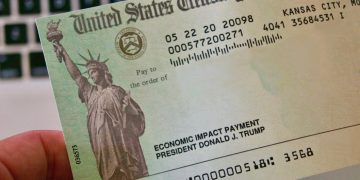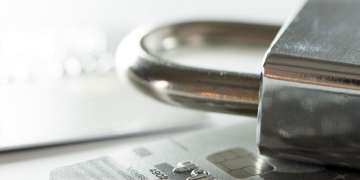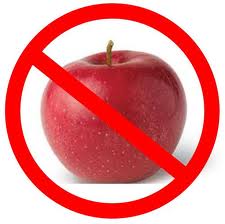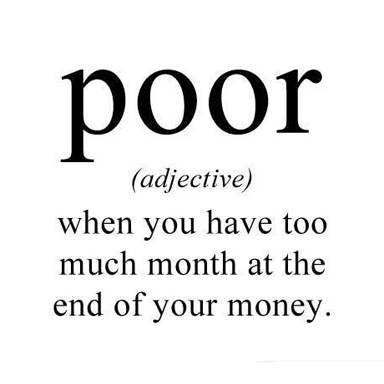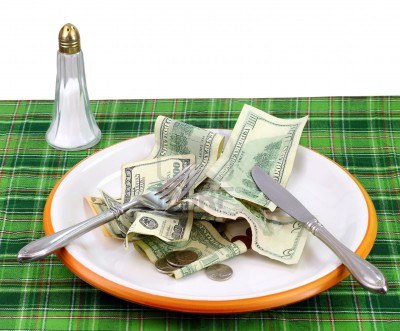When you are trying to save money, the first thing to do is to check out your largest expenses and see if they can be cut. For most people, that means housing, vehicles, and food. Since changes to your home or car may take a little time, let’s see how fast you can save money on food.
Where Does Your Food Money Go?
Try tracking your food spending for a month to figure out what you are spending currently and where that money is going. You may be surprised to see how much you are spending on restaurants or fast food. Or you may see a habit that you hadn’t noticed before like too many trips to a coffee shop or favorite dessert place. Tracking your spending is definitely the first step since it will keep you from guessing as you make a plan.
Target Specific Areas
Instead of beating yourself up when you see the total, try to target specific areas of your food budget to cut. If the majority of your spending is eating away from the home, make a goal to cut that amount by half by eating at home more. If you think you are fine in that category but see a bit too much being spent on unneeded items from the grocery store, you can aim to cut back on that splurging. The general point is to make a plan of attack to cut something in order to free up some cash.
Substitute Cheaper Foods
Another way to watch the food bill drop is to simply substitute in cheaper options. If you buy 5 full meals from fast food restaurants each week, try choosing a few dollar menu items instead and skip the drink. You can have water or make some tea and save $1-$3 per meal.
If you were already budgeting when it came to restaurants, ask yourself what you can substitute at the grocery store. Bananas are usually a cheap sweet or snack. Ground turkey or beef can be used to make a dozen different meals and costs less than steaks and pork chops usually.
Also, try finding specialty items on sale and stock up instead of buying them every time you run out. For example, kettle chips can cost 35-40 cents an ounce regularly but you can stock up when they are 25-30 cents an ounce and save about $1 per bag. If you eat a lot of chips, that adds up. There are similar sales on most items in a grocery store on a monthly or bimonthly basis. You can even do the same with your favorite cuts of meat and simply freeze the portions you can’t use up before the expiration date.
Overall, cutting your food budget could be an easy way of banking $50-$100 a month for a different goal. Just track your spending and see what you are willing to cut in order to achieve whatever you are saving for. Good luck!


